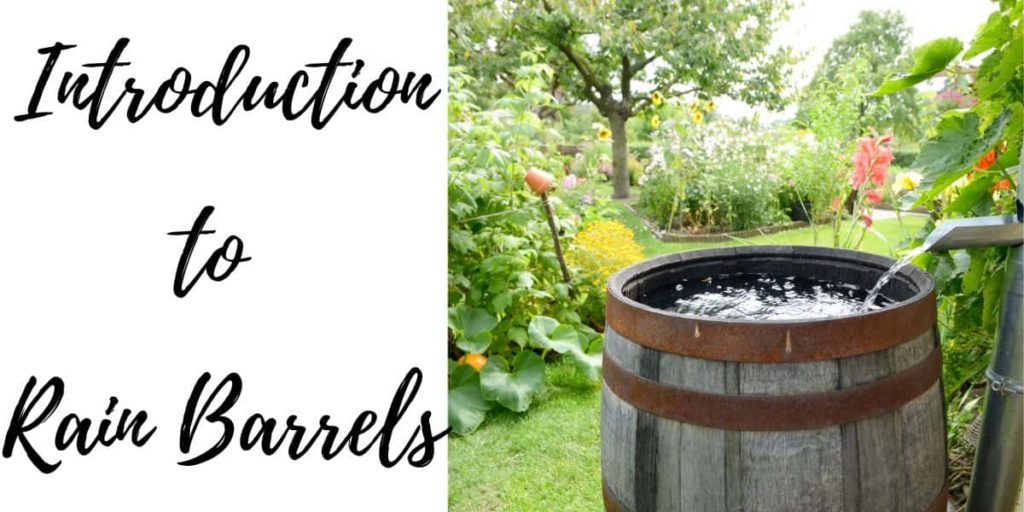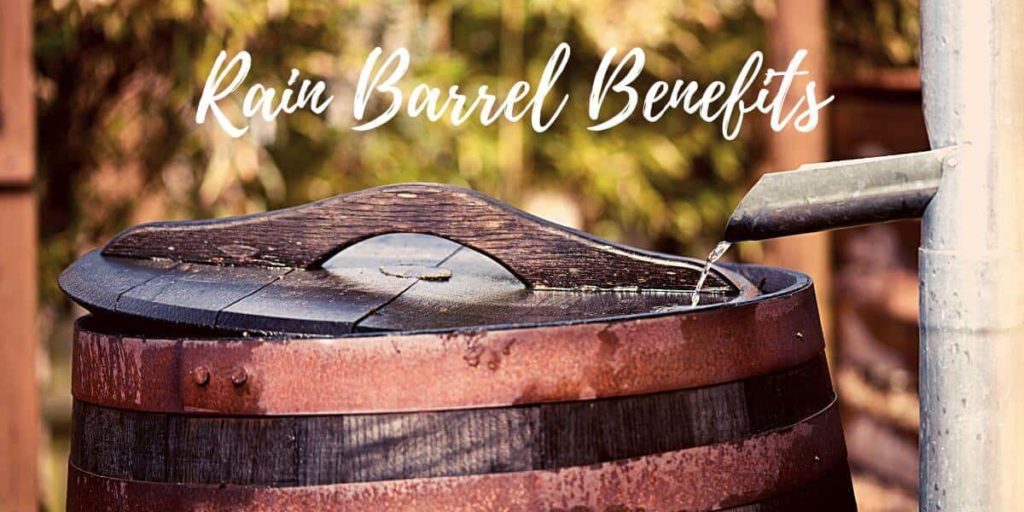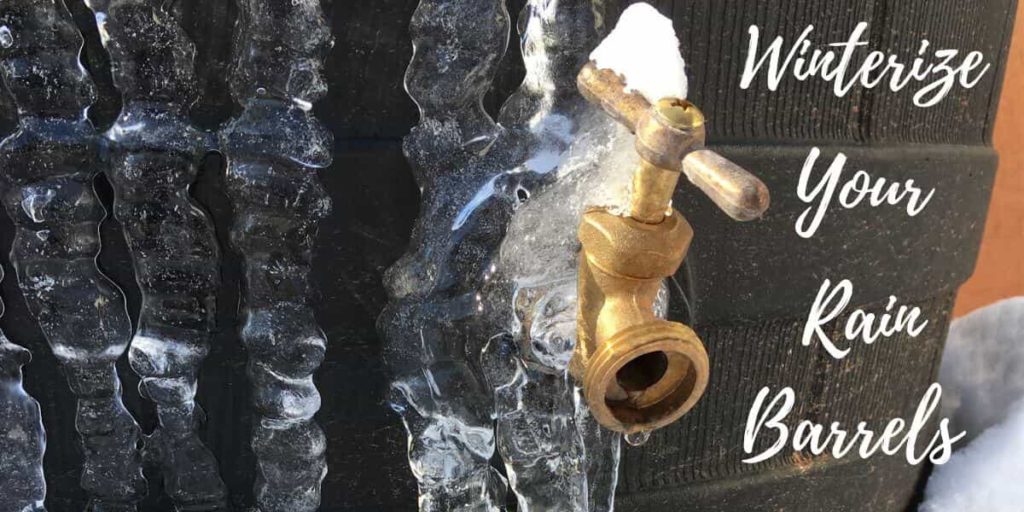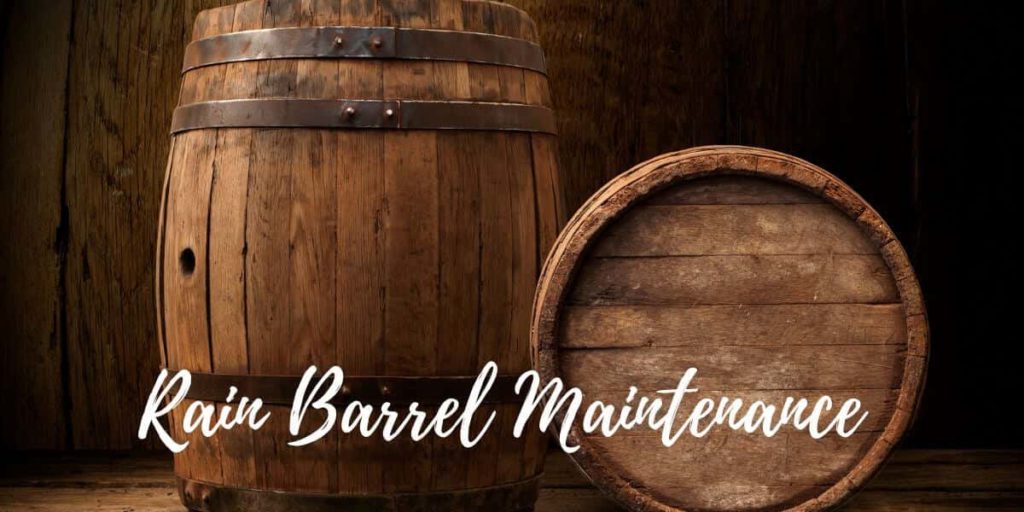Rain barrels are becoming increasingly popular among homeowners and gardeners, especially in areas where water is scarce or where there are restrictions on the use of water. By using a rain barrel, you can reduce your water bill, conserve water, and help prevent water pollution.
Continue reading to learn more about these must-have tools!
What is a rain barrel?
Rain barrels are an environmentally friendly way of collecting and storing rainwater that falls on your property. A rain barrel is a container designed to collect and store rainwater that falls on rooftops, and other surfaces, for later use.
Rain barrels are used to capture and store rainwater for a variety of purposes, such as watering plants and gardens, washing cars, or even flushing toilets. By using rainwater instead of tap water, homeowners can reduce their water bills and conserve water resources.
Additionally, using rainwater can help reduce stormwater runoff, which can contribute to flooding and erosion.
Rain barrels are simple and affordable tools for harvesting rainwater. They typically work by connecting to a downspout from a home’s gutter system, which channels rainwater into the barrel. As the rainwater collects in the barrel, it is filtered and stored until it is needed for later use.
The barrel is usually equipped with a mesh screen on top to prevent debris and insects from entering, as well as a spigot near the bottom to allow for easy access to the collected water. Some rain barrels may also have overflow valves or hoses to redirect excess water away from the foundation of a house.
Rain barrels are typically made of plastic or wood, and they come in various sizes and shapes to suit different needs, typically ranging from 50 to 100 gallons.
Why use a rain barrel?
One of the primary benefits of using a rain barrel is that it can help conserve water. In many areas, water resources are limited and homeowners must pay for every gallon of water they use. By collecting and using rainwater, homeowners can reduce their water bills and conserve resources.
Rainwater is also better for plants and gardens than tap water, as it does not contain chemicals like chlorine or fluoride that can be harmful to plants. Additionally, using rainwater to water plants can reduce the demand for treated water, which is especially important during periods of drought or water restrictions.
In addition to conserving water and benefiting plants, rain barrels can also help reduce stormwater runoff. When rain falls on impervious surfaces like rooftops and driveways, it can quickly run off into storm drains and nearby waterways, carrying with it pollutants like oil, chemicals, and litter.
By capturing rainwater in a rain barrel, homeowners can prevent some of this runoff and reduce their impact on local waterways.
They are easy to install and maintain and can be used to water plants, wash cars, and even for household chores. In this day and age, where conservation and sustainable practices are highly valued, rain barrels are an excellent way to make a positive impact on the environment while saving money on your water bill.
How do rain barrels work?
Rain barrels work by capturing and storing rainwater that falls on a rooftop, or other surfaces. The collected water is stored in a container, which is typically placed near a downspout from a home’s gutter system.
When rain falls on a rooftop, it flows into the gutters and downspouts and is channeled into the rain barrel. The mesh screen on top of the barrel filters out leaves, twigs, and other debris, while the spigot near the bottom allows homeowners to easily access the collected water for later use.
Most rain barrels can hold between 50 to 100 gallons of water, which can be used for a variety of purposes, such as watering plants, gardens, and lawns. Some rain barrels may also have overflow valves or hoses to redirect excess water away from the foundation of a house.
To use the collected water, homeowners simply turn on the spigot at the bottom of the barrel and use the water as needed. The water can also be used in combination with a drip irrigation system or a soaker hose to deliver water directly to plant roots, minimizing evaporation and reducing water waste.
What types of materials are used to make rain barrels?
Rain barrels can be made from a variety of materials, including:
- Plastic: This is a popular material for rain barrels because it is lightweight, durable, and relatively inexpensive. Polyethylene is the most common type of plastic used for rain barrels.
- Metal: Rain barrels can also be made from metal, such as steel or aluminum. Metal rain barrels are more expensive than plastic ones, but they are often more durable and can be more aesthetically pleasing.
- Concrete: Concrete rain barrels are heavy and durable, but they can also be expensive and difficult to move.
- Wood: Wooden rain barrels are less common, but they can be very attractive and can blend in well with outdoor surroundings. They can be made from cedar, redwood, or other types of wood that are resistant to rot and decay.
- Fiberglass: Fiberglass rain barrels are lightweight and durable, but they can be more expensive than plastic ones.
When choosing a rain barrel, it’s important to consider factors such as cost, durability, and aesthetics, as well as any potential environmental impacts associated with the production and disposal of the materials used.
Overall, rain barrels can be easily installed and are a simple and effective way for homeowners to conserve water and reduce their impact on the environment. They can be purchased from many home improvement stores, and some local governments offer rebates or incentives for installing rain barrels.



